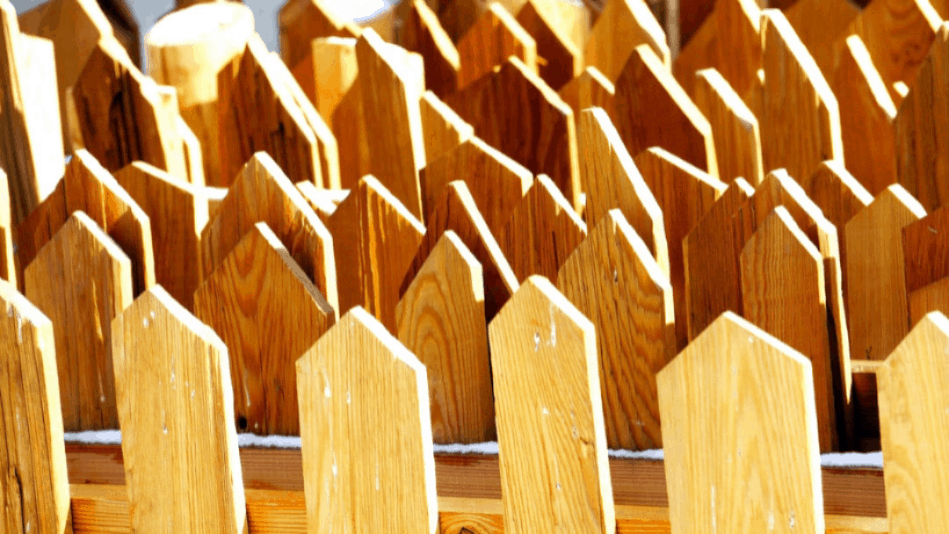All Categories
Featured

A fence works as greater than simply a boundary; it gives personal privacy, safety and security, and improves the visual charm of your property. Like any kind of exterior framework, a fencing will unavoidably face wear and tear from the elements and age. While routine maintenance can prolong the life of your fence, there comes a time when repair work no more are enough, and it's time to think about substitute. So, how do you understand when your fencing is beyond conserving? Here are some essential signs that your fencing may require to be replaced.
- Noticeable Damages or Use. One of one of the most apparent indicators that your fencing is nearing completion of its lifespan is noticeable damage. This can consist of splits, divides, warping, or broken sections. Wood fences are particularly susceptible to splitting or splintering gradually, while plastic fencings can establish splits. Steel fences, like chain-link or wrought iron, can likewise come to be damaged via rust or bent messages. If the damages is architectural or extensive, repairing individual areas might not be sufficient, and changing the fencing ends up being needed.
- Rot and Degeneration. Wooden fences are especially at risk to rot, particularly in areas with high moisture or regular rainfall. When wetness obtains trapped in the timber, it can result in decay. If you observe that components of your fence really feel soft to the touch or if you see mold and mildew or fungus expanding, it signifies rot. Although small rot can sometimes be repaired, considerable degeneration, specifically near the base of fence articles, can jeopardize the honesty of the whole fence. In such instances, replacement is usually the very best alternative.
- Leaning or Tilting. A leaning fence is a clear indicator that something is wrong with its architectural support. Over time, articles might change due to dirt disintegration, water damages, and even origin development from nearby plants. While small tilting can often be dealt with by straightening the articles and protecting them, substantial leaning typically suggests that the posts have been damaged past repair. If the fencing continues to lean in spite of attempts at modification, it may be time to change the affected areas or the whole fencing.
- Corrosion or Rust (For Steel Fencings) While minor corrosion can usually be gotten rid of and treated, considerable corrosion that endangers the fencing's security is an indicator that replacement is necessary. It's better to change a heavily worn away metal fencing than to continue attempting fixings.
- Parasite Infestations. Wooden fencings are an usual target for insects like termites, carpenter ants, and rats. These pests can cause considerable damages by tunneling right into the timber and damaging its framework. If you observe tiny holes, sawdust stacks, or actual insects residing in your fence, it's crucial to deal with the infestation right away. In cases where the damages is extreme, the damaged fencing posts or boards may require to be replaced to restore the fence's security.
- Problem Keeping the Fencing. If you find yourself constantly making repairs to the same locations of your fencing, it might be a sign that the fence is past its prime. If you're investing even more cash on patching up old sections than you would certainly on a complete replacement, it's time to consider replacing the fencing completely.
- Age of the Fence. While the lifespan of a fence can vary depending on the material, weather condition, and area problems, most fences last between 15 and 20 years. If your fencing is approaching or surpassing its anticipated life expectancy and revealing indicators of wear and tear, it might be time to replace it.
- Outdated Appearance. In some cases, a fence simply becomes obsolete, no longer matching the style or needs of your residential or commercial property. If your fence no much longer complements your building or satisfies your needs-- such as privacy, security, or aesthetics-- it may be time to think about a substitute.
- Fencing No Longer Offers Its Function. Your requirements for a fencing can develop with time. If your initial fencing was created for design or to maintain family pets included, however now you require a lot more personal privacy or protection, a replacement could be essential. A fencing that no more offers its designated objective is not only much less reliable but can also diminish the total worth of your residential or commercial property. In such instances, changing the fencing with one that meets your current demands is the very best selection.

Final thought. If you see any of the indications noted above-- visible damages, rot, leaning, pest problems, or an out-of-date look-- it might be time to change your fencing. Changing an old, worn-out fence can improve the overall worth of your building, improve safety and security, and provide your yard a fresh appearance.
Latest Posts
Check Out the Greatest Auto Repair Coupons in Montclare, Chicago
Published May 24, 25
1 min read
Discover Reduce Expenses on Car Maintenance with Montclare Auto Repair’s Exclusive Deals
Published May 24, 25
1 min read
How Regular Car Maintenance at Montclare Auto Repair Saves You Money
Published May 24, 25
1 min read
More
Latest Posts
Check Out the Greatest Auto Repair Coupons in Montclare, Chicago
Published May 24, 25
1 min read
Discover Reduce Expenses on Car Maintenance with Montclare Auto Repair’s Exclusive Deals
Published May 24, 25
1 min read
How Regular Car Maintenance at Montclare Auto Repair Saves You Money
Published May 24, 25
1 min read